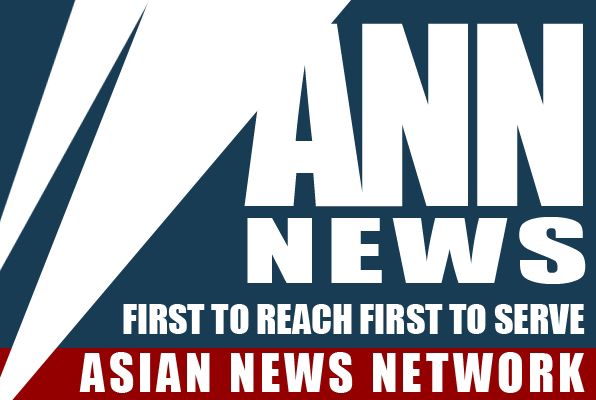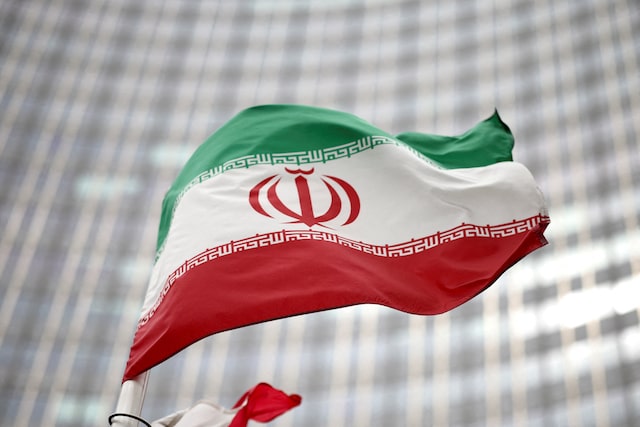Iranian flag flies in front of the UN office building, housing IAEA headquarters, in Vienna, Austria, May 24, 2021. REUTERS
Summary
- Iran pledged a response to the IAEA board resolution against it
- Report to member states details Iran’s plans
- Machines to be installed, brought onstream at three plants
- Only the enrichment level mentioned is relatively low 5% purity
VIENNA, (Reuters) – Iran has informed the U.N. nuclear watchdog that it plans to install more than 6,000 extra uranium-enriching centrifuges at its enrichment plants and bring more of those already in place online, a confidential report by the watchdog said on Thursday.
The International Atomic Energy Agency report seen by Reuters details what Iran meant when it said it would add thousands of centrifuges in response to a resolution against it that the IAEA’s 35-nation Board of Governors passed last week at the request of Britain, France, Germany and the United States.
More enrichment capacity means Iran can enrich uranium more quickly, potentially increasing the nuclear proliferation risk. Iran denies seeking nuclear weapons but Western powers say there is no civil explanation for enriching uranium to up to 60% purity, close to the roughly 90% that is weapons grade, which no other country has done without producing a nuclear bomb.
The only enrichment level specified for new centrifuges was 5% purity, far from the 60% Iran is already producing. The lower purity, particularly at its Fordow site, could be seen as a conciliatory move by Iran as it seeks common ground with European powers before the return of U.S. President-elect Donald Trump, though enrichment levels can be changed easily later.
Iran already has well over 10,000 centrifuges operating at two underground plants at Natanz and Fordow and an above-ground pilot plant at Natanz. The report outlined plans to install 32 more cascades, or clusters, of more than 160 machines each and a massive cascade of up to 1,152 advanced IR-6 machines.
At the same time, the number of cascades Iran plans to install vastly outnumbers those that are already installed and that Iran said it would now bring online by feeding them with uranium feedstock, which the IAEA verified it had yet to do.
“The Agency has determined and shared with Iran the changes required to the intensity of its inspection activities at FFEP (Fordow Fuel Enrichment Plant) following the commissioning of the cascades,” the report said, referring to Iran’s plan to bring eight recently installed IR-6 cascades there online.
Fordow is particularly closely watched because it is dug into a mountain and Iran is currently enriching to up to 60% there. The only other plant where it is doing that is the above-ground Pilot Fuel Enrichment Plant at Natanz.
REBUFFED
Just before last week’s quarterly meeting of the IAEA board, Iran offered to cap its stock of uranium enriched to up to 60%, but diplomats said it was conditional on the board not passing a resolution against Iran.
Although the IAEA verified Iran was slowing enrichment at that highest level and called it “a concrete step in the right direction”, the board passed the resolution regardless, repeating a call on Iran to improve cooperation with the IAEA.
Thursday’s report said Iran had finished installing the last two cascades of IR-2m centrifuges in a batch of 18 at its vast underground Fuel Enrichment Plant at Natanz, and that it planned to bring all 18 online, though the IAEA verified on Nov. 26 that no uranium had been fed into them.
Iran also told the agency it intended to install 18 extra cascades of IR-4 centrifuges at that Natanz plant, each with 166 machines, the report said.
At the above-ground pilot plant at Natanz, Iran informed the IAEA it planned to take various steps that suggested it would increase the number of full, rather than small or intermediate, cascades there, which could produce more enriched uranium.
It also said it planned to install one cascade of up to 1,152 IR-6 centrifuges at that pilot plant, which could be the biggest cascade by far in Iran yet.
Reporting by Francois Murphy; editing by Mark Heinrich, Deepa Babington and Rod Nickel





